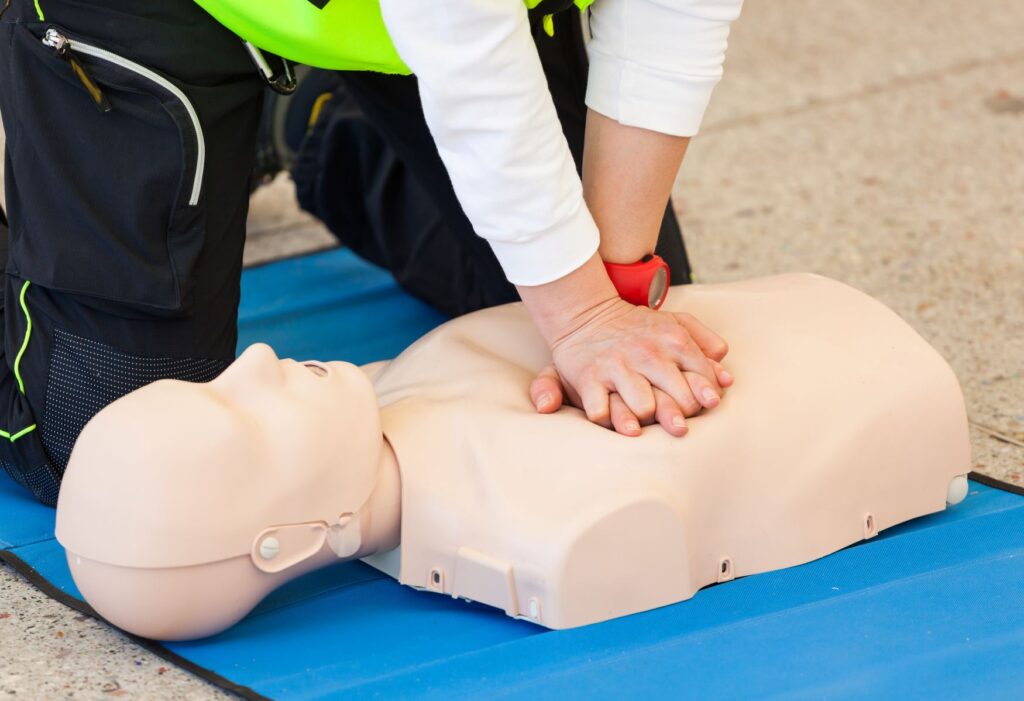The Importance of Safety Training in the Business World
There are many reasons to have safety and health training in the business world. These include reducing costs, improving productivity, minimizing accidents on the job, and increasing morale. Let’s look at just a few. These factors will help make a decision about whether your company is a good match for safety and health training.
Reduces costs of compensations
Safety training programs can be a great way for businesses to avoid paying large amounts of compensation for work-related injury. According to the Bureau of Labor Statistics in 2017, 2.8 million non-fatal workplace injury reports were made in 2017. This is 45,800 more than 2016. These findings highlight the importance of workplace safety programs, which can reduce the costs of workers’ compensation claims.
These programs should be considered an investment for your business. According to some studies, a safety program will save your company at least $4 to $6 for every dollar invested.

Increases productivity
Safety training has numerous benefits for any business. Safety training is not only beneficial for employees, but also increases productivity. While some people think that workplace safety and productivity are mutually exclusive, this is not the case. They can actually work together to improve both. Safety training is a great way to keep employees happy and engaged at work, which can lead to increased productivity.
Studies have proven that when employees are aware of their rights and responsibilities, they are more productive and efficient. In fact, an effective safety program can actually increase productivity by up to 13 percent.
Reduces the risk of accidents on the job
Proper safety training is an important part of preventing workplace accidents. It helps employees identify potential hazards and approve procedures. Supervisors can also benefit from it. Many workplaces require employees wear protective gear such as hard hats on construction sites, gloves in laboratories, and harnesses to height workers. Workers should be given specific instructions on how to properly use these equipment, and employers should conduct regular safety meetings with employees to ensure proper use.
For novice workers or those new to their job, training is essential. Even after taking into account confounders like age, sex and job title, studies have shown that novice workers are at greater risk of injury than more experienced workers. This may be due ineffective safety training, unfamiliarity and differential exposure to hazardous tasks.
It increases morale
Employee engagement is directly related to the safety of the workplace, and safety training can help increase engagement. Employees who feel invested in the company and are committed to it will be more focused and put forth greater effort. The positive results of their work will reflect in the bottom line. Safety training can increase worker engagement and productivity.
Although workplace morale is a complicated issue that affects many businesses it is not impossible to see the benefits of safety programs. Low morale in the workplace can have a negative impact on company culture. It can lead to higher turnover, lower engagement, and increased worker’s compensation claims.
Workplace illness can be reduced
A well-designed safety training program can reduce the risk of workplace injuries and illnesses. The key is to set attainable goals and continually monitor performance to improve safety performance. Safety performance is at its best when all employees are involved and held accountable for any safety issues. If all members of an organization are committed to workplace safety, the chances of workplace illness and injury reduction will be significantly higher.
In addition to reducing the number of workplace accidents, injury and illness, a well-designed program can also reduce the financial burden of incidents and injuries. It outlines procedures for identifying hazards, providing timely responses and measuring the effectiveness of workplace protection measures. Like any successful program, a safety program is only as good as the participation of top management and employees.